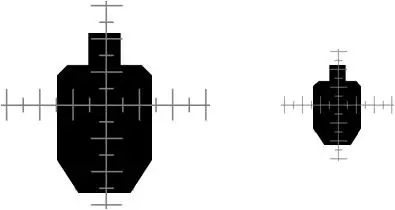
Recent Posts
- Successful Weekend at Bisley National Shooting Centre: Precision and Passion on Display
- Legendary Marksman Dave Walls Visits Optics World Booth at Bisley Ahead of the Game Fair
- Optics World Sponsors the National Shooting Center: Precision Shooting Meets Innovation
- COMING SOON TO OPTICS WORLD NEW PRODUCT LAUNCH | Nocpix Nite D70R
- Optics World Celebrates Record Success at the 2025 Yorkshire Shooting Show
Categories
Recent Posts
- Successful Weekend at Bisley National Shooting Centre: Precision and Passion on Display
- Legendary Marksman Dave Walls Visits Optics World Booth at Bisley Ahead of the Game Fair
- Optics World Sponsors the National Shooting Center: Precision Shooting Meets Innovation
- COMING SOON TO OPTICS WORLD NEW PRODUCT LAUNCH | Nocpix Nite D70R
- Optics World Celebrates Record Success at the 2025 Yorkshire Shooting Show
Recent Comments
- Nur asoi on Real-World Hunting Experience with Thermtec Hunt Series
- Climate Change on Real-World Hunting Experience with Thermtec Hunt Series
- Hybrid cars on Real-World Hunting Experience with Thermtec Hunt Series
- Elon Musk on Real-World Hunting Experience with Thermtec Hunt Series
- Solar energy on Real-World Hunting Experience with Thermtec Hunt Series








Add comment